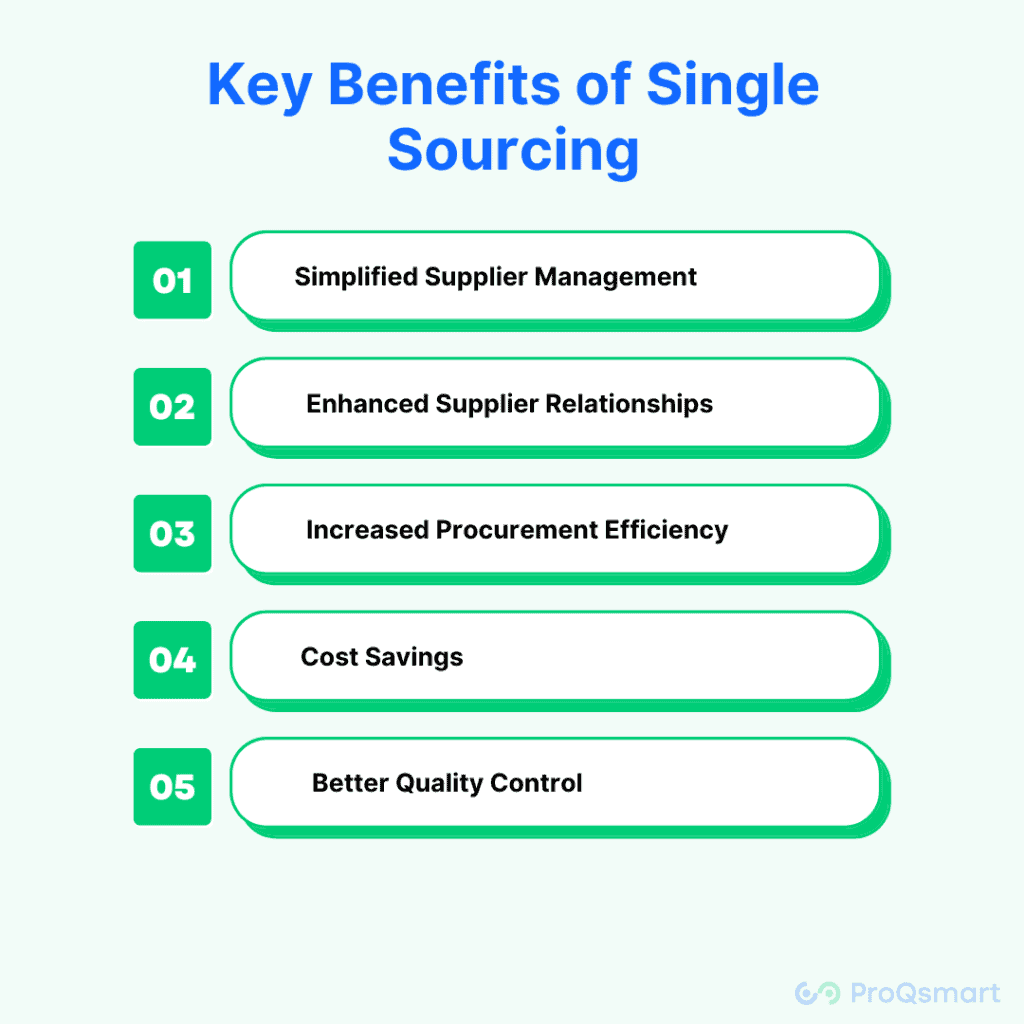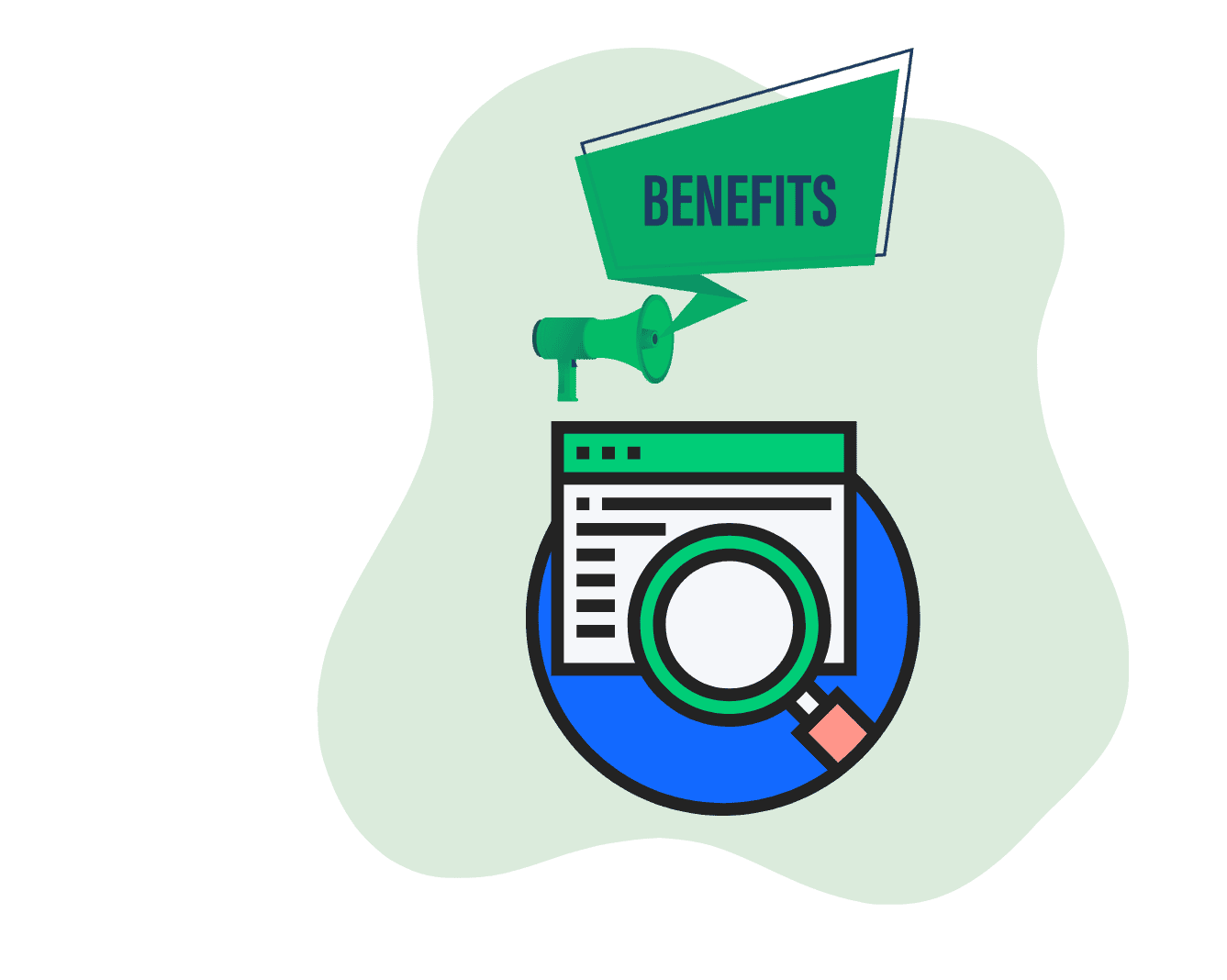In today’s fast-paced business environment, efficiency in procurement processes is paramount. One strategic approach that many companies are adopting to achieve this is single sourcing. This method involves using a single supplier for a particular category of products or services, rather than multiple suppliers. This blog explores the benefits of sourcing and how it can streamline your procurement processes, ultimately driving better business outcomes.
What is Single Sourcing?
Single sourcing is a procurement strategy where a company relies on one supplier for a specific item or service instead of sourcing from multiple suppliers. This approach can simplify supply chain management, reduce costs, and enhance supplier relationships, making it a compelling strategy for businesses looking to optimize their procurement operations.
Key Benefits of Single Sourcing

Simplified Supplier Management
Managing one supplier rather than several can significantly reduce the complexity and administrative overhead involved in procurement. This simplification leads to smoother operations and increased efficiency.
Enhanced Supplier Relationships
Single sourcing allows companies to build deeper relationships with their suppliers. Strong partnerships can lead to better pricing, improved quality, and more reliable service due to the mutual dependence.
Increased Procurement Efficiency
With fewer suppliers to manage, procurement processes can be executed more swiftly and with fewer errors. This efficiency can lead to faster turnaround times and reduced cycle times in procurement operations.
Cost Savings
Consolidating purchases with a supplier can lead to cost savings through volume discounts and lower transaction costs. Furthermore, the administrative costs of managing multiple supplier relationships are significantly reduced.
Better Quality Control
When sourcing from a supplier, it becomes easier to maintain consistent quality standards and compliance as the relationship grows and the supplier gains a better understanding of your expectations and requirements.
Learn Single Sourcing Vs. Multiple Sourcing
Implementing Single Sourcing Effectively
Conduct Thorough Supplier Assessments
Before committing to a sourcing strategy, conduct comprehensive evaluations to ensure that the supplier can meet your needs regarding capacity, quality, reliability, and compliance.
Negotiate Strategic Contracts
Leverage your position to negotiate contracts that favor your business, including terms for pricing, delivery, quality standards, and scalability.
Develop a Risk Management Plan
Since single sourcing can expose your business to risks if the supplier faces issues, develop a robust risk management strategy that includes contingency plans and regular performance reviews.
Foster Strong Communication
Maintain open lines of communication with your supplier to ensure that any issues are quickly addressed and that the supplier is closely aligned with your business goals.
Conclusion
Single sourcing is a strategic approach that can significantly streamline your procurement process. By understanding and implementing this strategy effectively, businesses can enjoy reduced costs, enhanced supplier relationships, improved efficiency, and better quality control. As with any strategy, assessing its fit with your company’s specific needs and preparing for potential risks is crucial.
FAQs
What is single sourcing in procurement?
How does single sourcing simplify supplier management?
What are the cost benefits of single sourcing?
What risks are associated with single sourcing, and how can they be managed?
Can single sourcing improve product quality?
Can CapEx software support strategic planning?
Yes, CapEx software such as ProQsmart allows transportation agencies to leverage capex planning and data-driven insights to plan for the long-term. This ultimate capex management tool empowers companies to better allocate resources, forecast budgets, and align their capex projects with overall business goals, helping to make smarter financial decisions.


